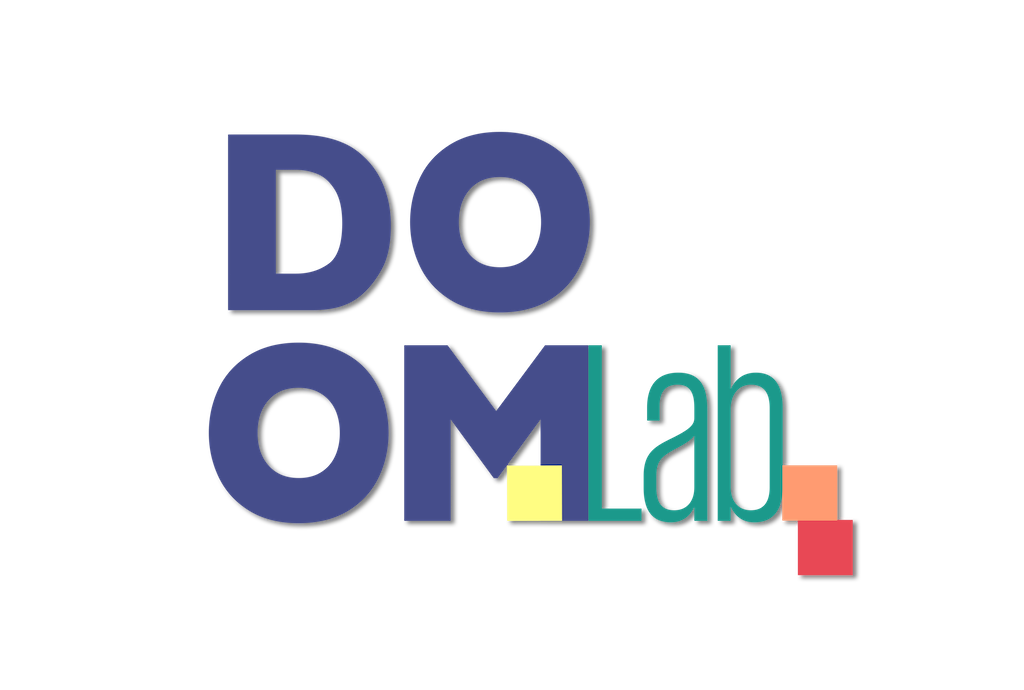Caring for Our Neighbors Means Investing in Science
[This op-ed was originally published in the Sioux Falls Argus Leader on 4/27/25.]
Wagner is a community where caring for others comes as second nature. During my childhood growing up in Wagner, I vividly remember how our community rallied around my family when we were affected by cancer, Alzheimer’s, or unexpected death. I am certain my family and I would always do the same for others – that’s what we do here.
The same values of community fostered my interest in science, which started me on my path to become a scientist. My middle and high school science teachers at Wagner Community School poured their hearts into teaching us about biology and chemistry. I became fascinated with these biological and chemical processes occurring all around me. Ultimately, my interest in the application of these processes to human health led me to pursue science as a career.
I spent a summer as a nurse aide at Wagner Community Memorial Hospital, caring for my community alongside doctors, nurses, and other aides. This experience sparked my passion for understanding how the stress we experience can affect our health. I earned my PhD in child development from the University of Minnesota and have spent my career conducting research on stress and health at the University of Denver for the past six years. My passion for making sure that science helps our community has never left me, and I have the people of Wagner to thank for that.
My current research on maternal mental health and healthy child development is funded by the National Institutes of Health (NIH). NIH is the world’s largest public funder of biomedical research, and it drives nearly every new medical discovery, including treatments for cancer and Alzheimer’s disease.
Diagnoses that used to be a death sentence are now treatable thanks to scientific research. When my aunt beat cancer twice, I thanked both her team of amazing doctors at the Avera Cancer Institute and the dedicated scientists funded by the NIH whose research created treatments that helped her to live. If my grandfather who died from Alzheimer’s disease over a decade ago had access to today’s NIH-funded treatments, I’m confident we would have had more healthy years with him. There are so many diseases that we are currently on the cusp of curing thanks to NIH-funded research. Increasing funding for that research can push these effective treatments over the finish line and into clinical care.
In the past few weeks, thousands of NIH workers have been fired, and hundreds of NIH grants have been terminated. Affected grants include terminations of research and clinical trials for Alzheimer’s and HIV treatments, a termination of one of the longest-running studies of diabetes prevention in the world, and devastating cuts to cancer research centers. The fired workers include essential staff, scientists, and even a scientist with award-winning research on the causes of Parkinson’s disease.
Funding the NIH and US scientific research is a bipartisan priority that keeps the US competitive on the global stage and ensures Americans are first in line for life-saving treatments. These terminations and funding cuts threaten progress in treating diseases that affect thousands of South Dakotans. These cuts go against long-time bipartisan commitments to advance scientific research in the United States. To make the country healthier and more prosperous after World War II, the government made huge bipartisan investments in biomedical and technology research and the institutions that conduct the research, which has paid for itself many times over in economic gains and improvements in public health. A recent analysis estimated that at least one-fifth of growth in US productivity since World War II is due to government investments in research. Additional proposed cuts to “indirect costs” on NIH grants will directly weaken America’s research infrastructure, making it too costly for research institutions to conduct life-saving research.
America’s biomedical research enterprise is the envy of the world, and it positively affects nearly all aspects of our economy. Cutting these programs isn’t cost-saving. For every $1 given to NIH, it produces $2.56 in economic impacts. That translates to nearly $95 billion in new economic activity in the US in 2024.
In South Dakota, the $29 million in funding that researchers received from the NIH directly supported 453 jobs and $90 million in new economic activity in 2024. An additional 7,271 South Dakotans are employed in jobs in the biopharmaceutical industry, which are made possible through funding from NIH. These investments from NIH also support the health and education of South Dakotans through supporting research institutions such as USD, SDSU, Avera, and Sanford. Stripping the NIH of funding will directly hurt South Dakota’s economy and, ultimately, the health of its citizens.
If you or your family have been positively impacted by medical advances, or know those who are supported through these skilled jobs, please call Senators Thune and Rounds and Representative Johnson to share your story. Demand that they support the NIH so that we can create more cures and boost our economy to see more South Dakotans living long, healthy, and prosperous lives. My Wagner upbringing taught me the importance of caring for your neighbor, and funding science will allow us to increase our prosperity and find cures for our families and fellow South Dakotans.
America – and South Dakota – simply cannot afford to defund science.
